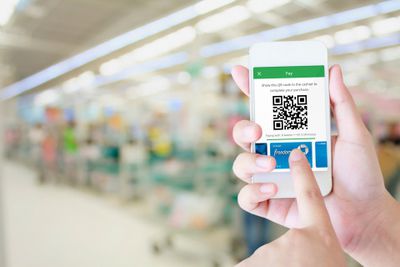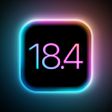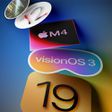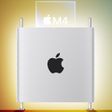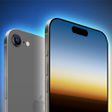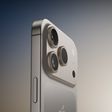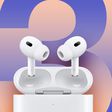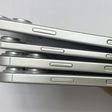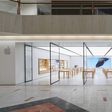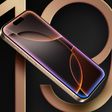Last week, a new legal challenge arose for Apple's massive data center in Galway County, Ireland at the hands of three individuals in the nearby town of Athenry, who filed official complaints against the data center with the Galway County Council, local planning body An Bord Pleanála, and even the High Court. Today, the Irish High Court has ruled in Apple's favor and pledged to fast-track building approval of the data center following months of roadblocks and red tape (via Business Insider).
Specifically, the court has decided to put the dispute between Apple and the three individuals on the "commercial list," a dedicated section of the court which deals with cases that have more than €1 million at stake. Because of this, the case "must be concluded within six months," and Apple will be able to eventually begin construction of the data center, which is intended to power services like the App Store, Apple Music, Apple Pay and iCloud.

Local politician Ciaran Cannon wrote on the Athenry for Apple Facebook group: "Very good news from the High Court just now. The Fitzpatrick/Daly proceedings have been admitted to the Commercial Court list. This means that the hearing must be concluded within 6 months, rather than the 18 months for a normal Judicial Review case. Their case will now be be heard on the 21st of March. The application to admit the third objector, McDonagh, to the same list will be heard next Monday."
Today's decision followed a local march in Athenry yesterday organized by citizens in the town and its surrounding villages -- with more than 2,000 in attendance -- to show Apple that only a vocal minority was against the data center, and that most people are fervently in support of the Cupertino company's presence nearby. The citizens in support of Apple believe its data center will introduce new jobs to the area and boost the local economy.


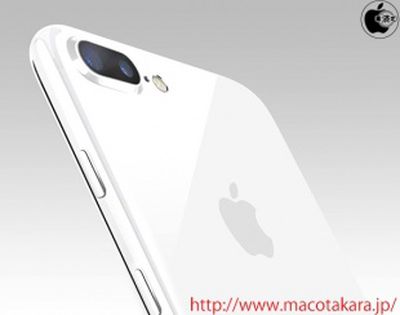
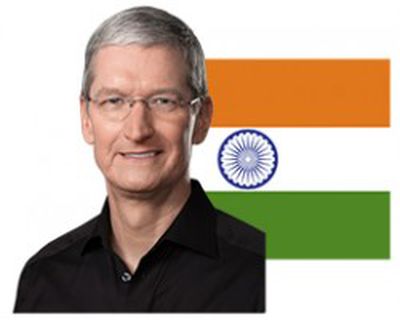 Apple is seeking financial incentives within India to make it easier to build a new manufacturing plant within the country (via
Apple is seeking financial incentives within India to make it easier to build a new manufacturing plant within the country (via 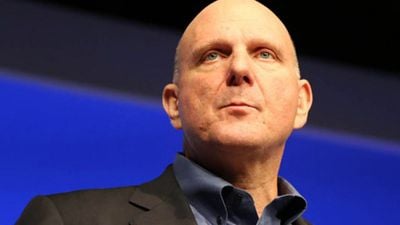
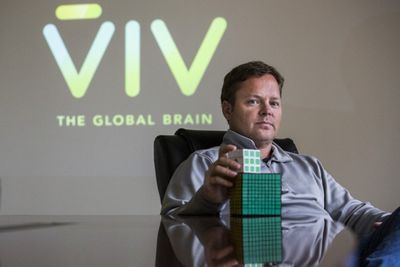
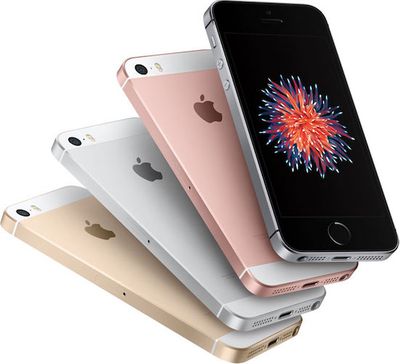
 Apple iTunes chief Eddy Cue brought in quite a bit of money this week, according to
Apple iTunes chief Eddy Cue brought in quite a bit of money this week, according to 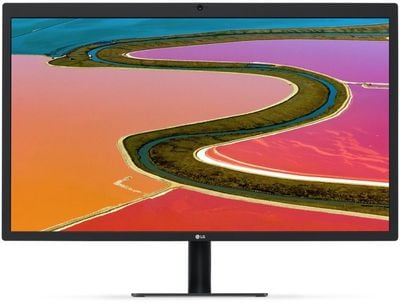
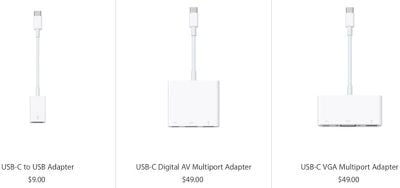
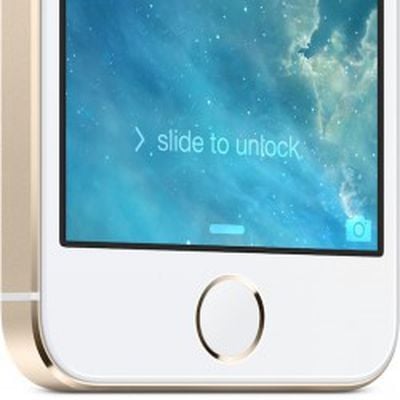 India's Forensic Science Laboratory is in negotiations to purchase the security bypassing technology used by Israeli mobile software developer Cellebrite, the company that the
India's Forensic Science Laboratory is in negotiations to purchase the security bypassing technology used by Israeli mobile software developer Cellebrite, the company that the 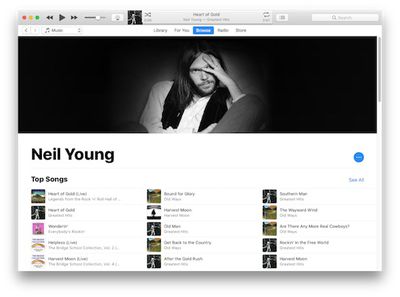 Young stopped streaming his songs in July 2015, and at the time said "it's not because of the money" but rather "about sound quality" in a
Young stopped streaming his songs in July 2015, and at the time said "it's not because of the money" but rather "about sound quality" in a 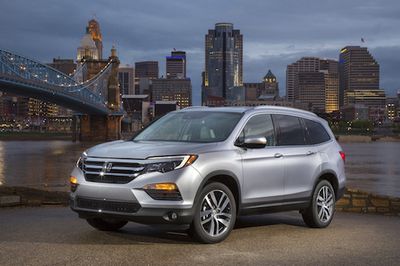
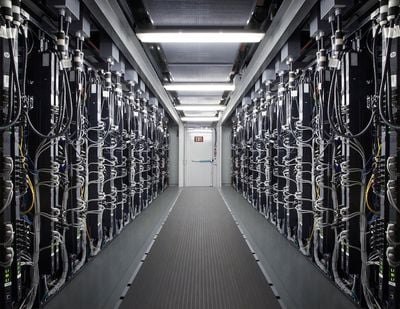
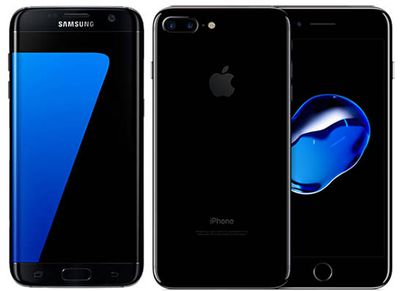
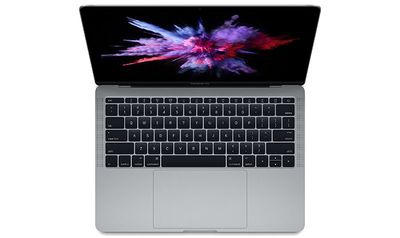
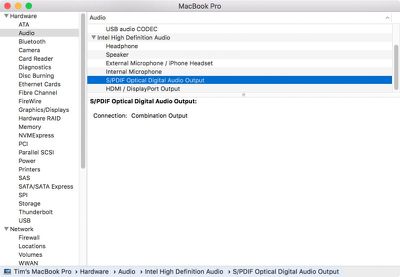
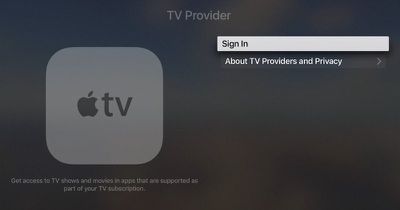
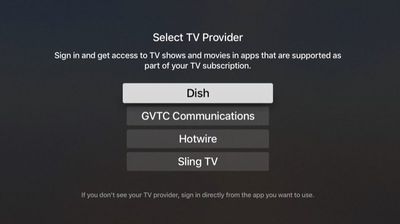
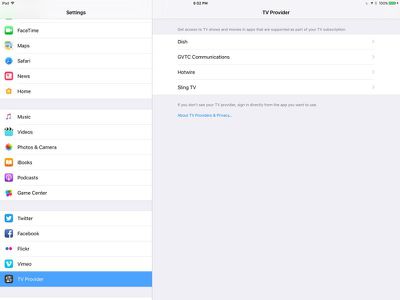
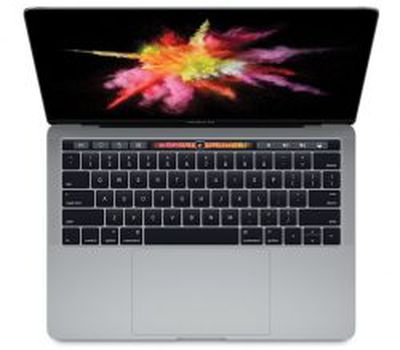 Apple's new MacBook Pros appear to be incompatible with Thunderbolt 3 devices that use controller chips from Texas Instruments, meaning some early Thunderbolt 3 products may not work with the new machines.
Apple's new MacBook Pros appear to be incompatible with Thunderbolt 3 devices that use controller chips from Texas Instruments, meaning some early Thunderbolt 3 products may not work with the new machines.